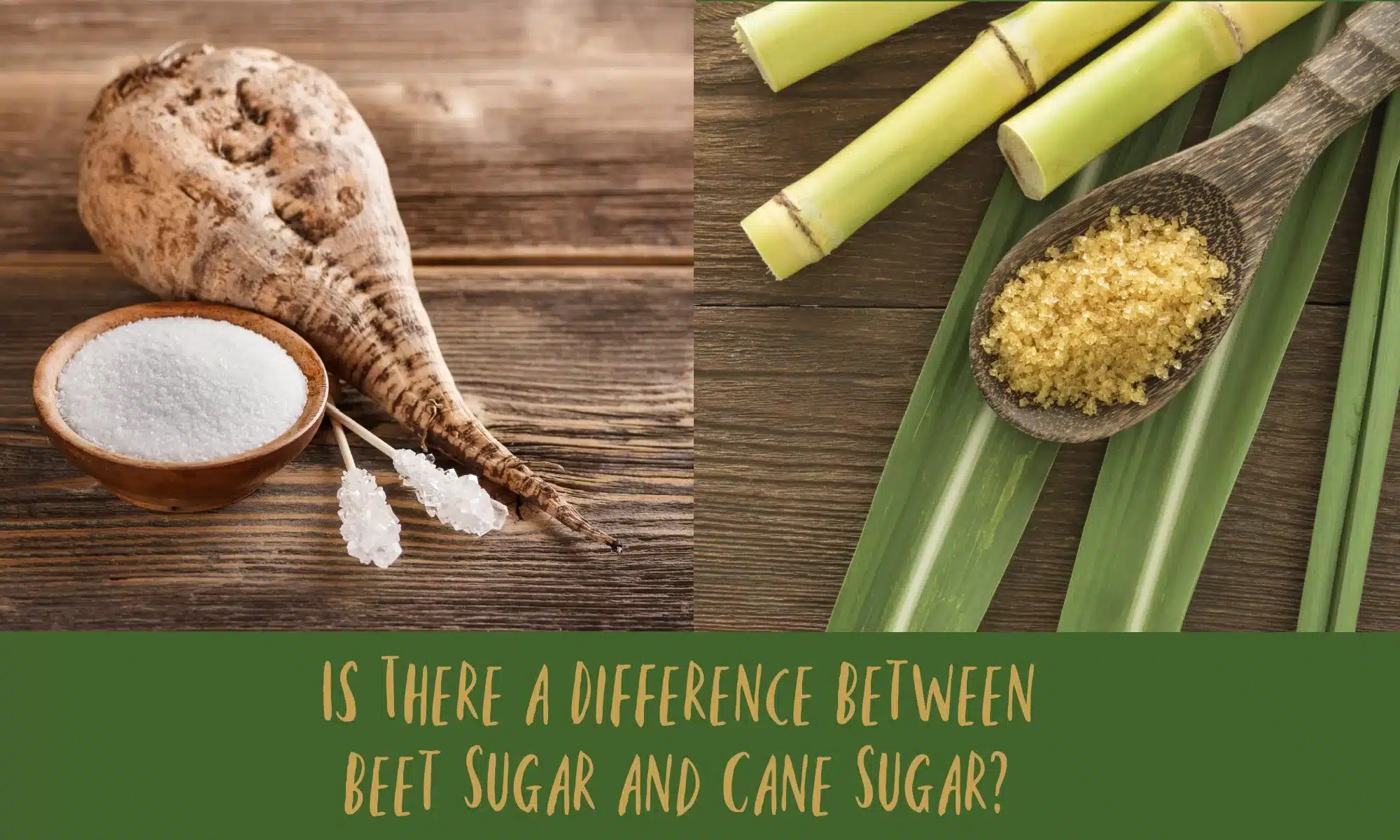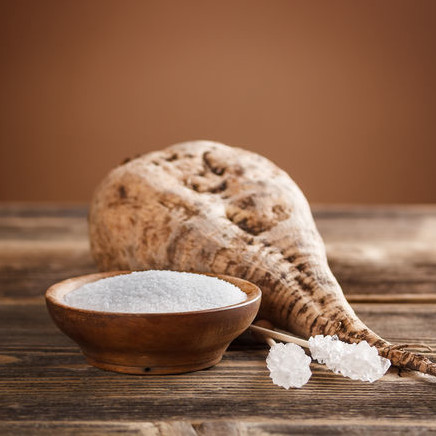Many individuals wonder if beet sugar vs cane sugar makes a difference in dietary impact.
Discover the Uses and Benefits of Beet Sugar Vs Cane Sugar in Your Daily Diet Plan
Discovering the distinct high qualities of beet and cane sugar discloses greater than just their sweetening capacities; it highlights their unique effect on health and cookeries. Beet sugar, recognized for its subtle flavor, is often favored in delicate treats, whereas cane sugar, with its tip of molasses, adds richness to durable recipes. Each kind holds its own nutritional profile and glycemic effects, inviting a deeper understanding of their functions in a well balanced diet regimen and sustainable usage methods.
Origin and Manufacturing Procedures of Beet and Cane Sugar

The distinctive environments and dirt kinds required for growing sugar beets and sugarcane add to differences in their cultivation techniques and geographical distribution, influencing the business economics and sustainability of their manufacturing. beet sugar vs cane sugar.
Nutritional Comparison Between Beet Sugar and Cane Sugar
Regardless of stemming from various plants, beet sugar and cane sugar are nutritionally extremely similar, both mainly including sucrose. Each provides regarding 4 calories per gram, translating to about 16 calories per teaspoon. Structurally, both sugars are composed of around 99.95% sucrose, with very little amounts of various other substances like dampness and trace minerals, which do not considerably alter their dietary profiles.

Inevitably, when selecting between beet sugar and cane sugar based upon dietary material alone, both offer the same benefits and downsides as they are essentially kinds of the exact same molecule-- sucrose, providing quick power without various other nutrients.
Effect On Health: Glycemic Index and Caloric Content
Discovering better right into the results of beet sugar and cane sugar on wellness, it is crucial to consider their glycemic index and calorie material. The glycemic index (GI) of both beet and cane sugar is around 65, categorizing from this source them as high-GI foods, which can cause fast spikes in blood sugar levels.
Each kind of sugar includes about 4 calories per gram, making their calorie web content matching. For those checking calorie intake, especially when managing weight or metabolic wellness problems, comprehending this equivalence is crucial (beet sugar vs cane sugar). Too much usage of any high-calorie, high-GI food can add to wellness problems such as excessive weight, heart disease, and insulin resistance.
Environmental and Economic Factors To Consider of Sugar Production
Beyond health effects, the production of beet and cane sugar additionally elevates considerable ecological and economic concerns. Sugar beet growing tends to call for cooler climates and has a reduced geographical impact compared to sugar cane, which prospers in tropical areas. Both crops are extensive in terms of water use and land profession, possibly leading to deforestation and water deficiency. Economically, the international sugar market is extremely volatile, affected by adjustments in worldwide profession policies and aids. More hints Numerous nations incentivize sugar production via monetary support, skewing market rates and influencing small-scale farmers adversely.
In addition, the use of pesticides and plant foods in both beet and cane sugar growing can result in dirt destruction and pollution, further influencing biodiversity and local water bodies (beet sugar vs cane sugar). The selection between cultivating sugar beet or cane frequently depends upon neighborhood ecological problems and financial variables, making the sustainability of sugar production a complex issue
Culinary Applications and Flavor Differences
While the ecological and economic aspects of sugar manufacturing are undoubtedly significant, the selection in between beet and cane sugar also affects culinary applications and flavor accounts. Beet sugar, obtained from the sugar beet plant, is understood for its remarkably neutral preference.
Walking stick sugar, extracted from sugarcane, usually keeps molasses traces, which impart an unique richness and deepness. This slight molasses taste enhances the intricacy of baked goods, sauces, and sauces. It is especially preferred in products where a sugar undertone is wanted, such as in additional info brownies or gingerbread. Additionally, the slight variation in dampness material between beet and cane sugar can impact the texture and uniformity of dishes, making cane sugar a recommended choice for certain recipes that benefit from its unique buildings.

Conclusion
To conclude, both beet and cane sugar have unique beginnings and manufacturing processes, using similar dietary accounts with minor distinctions in sodium material and flavor. While their influence on health, especially relating to glycemic index and calories, is similar, the selection in between them commonly steams down to ecological, financial elements, and particular culinary requirements. Recognizing these facets can lead customers in making educated choices that line up with their health and wellness goals and flavor choices.